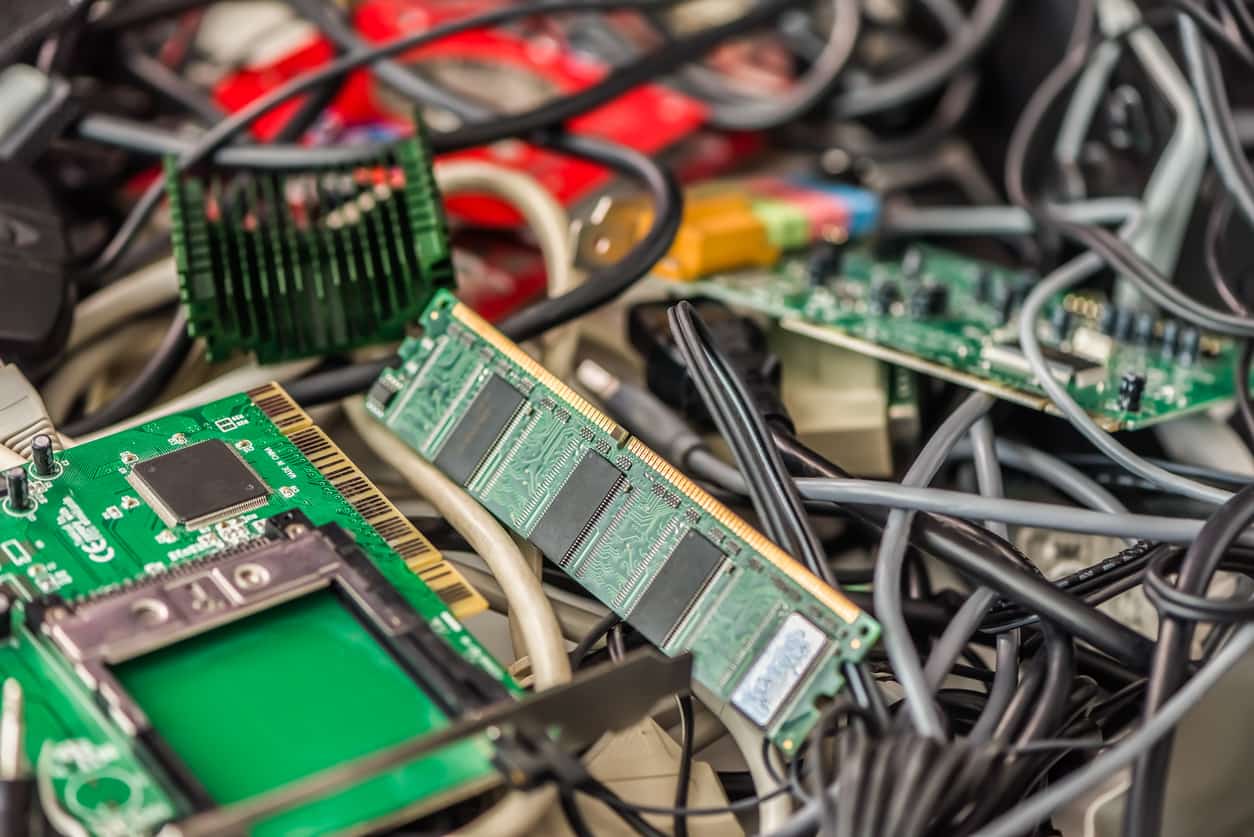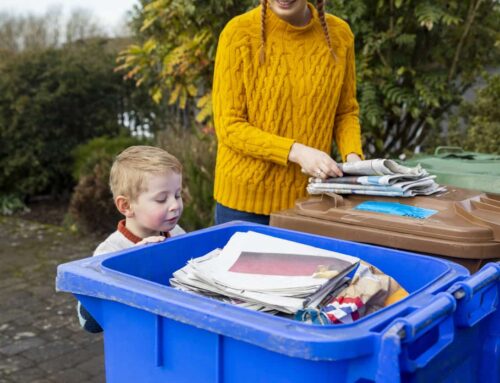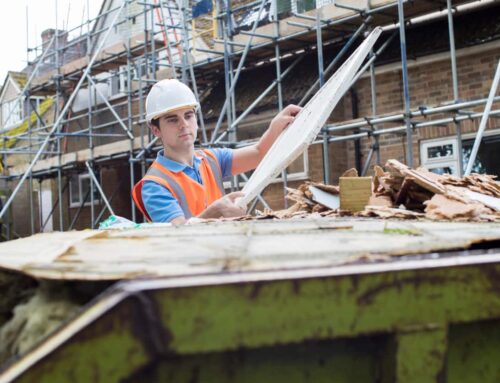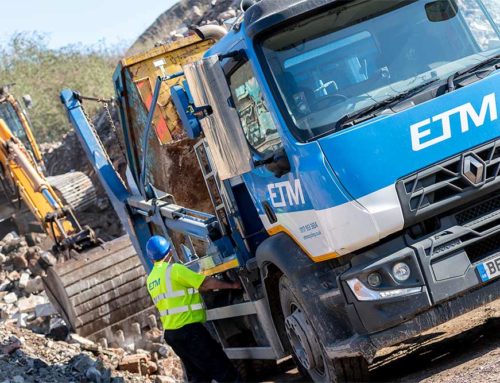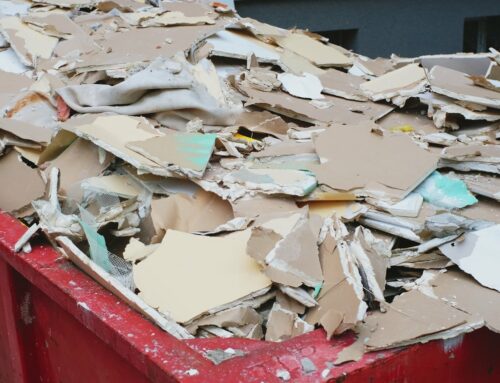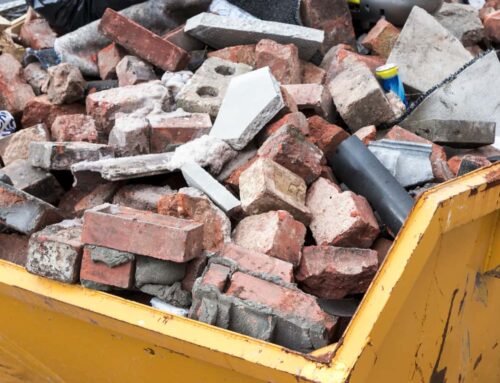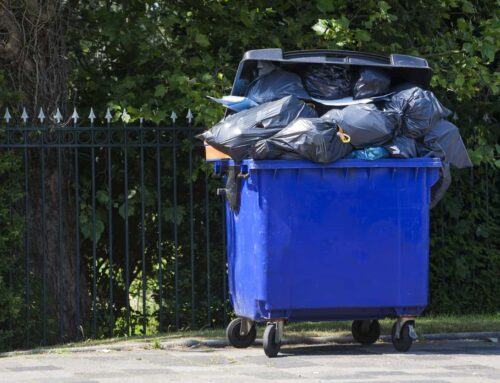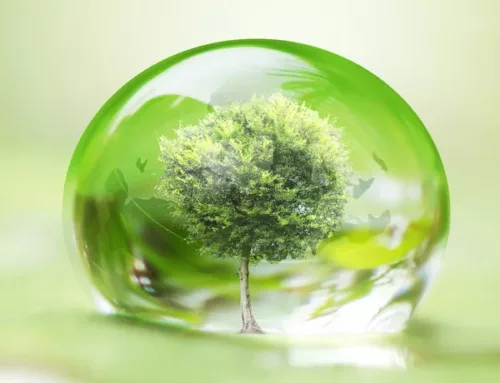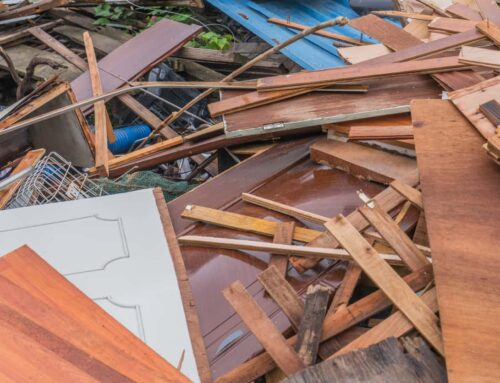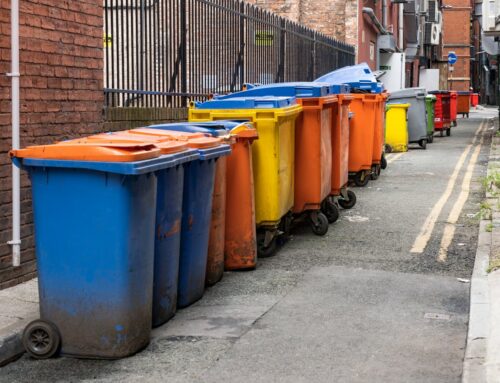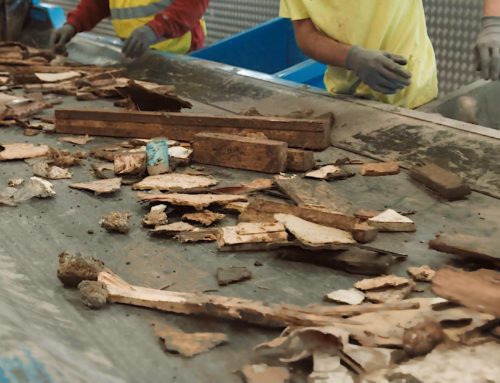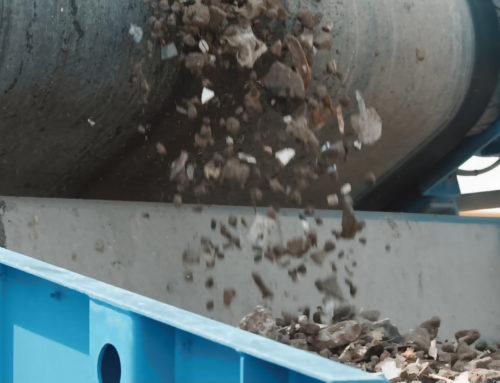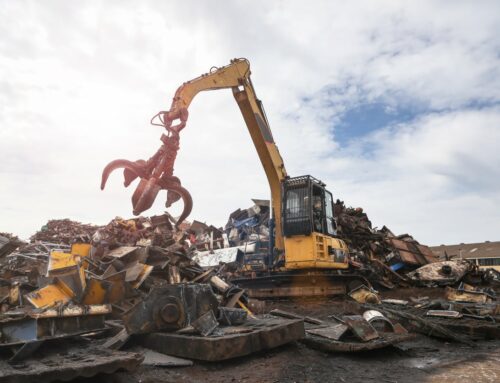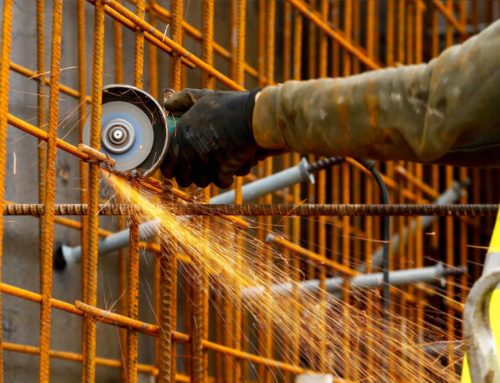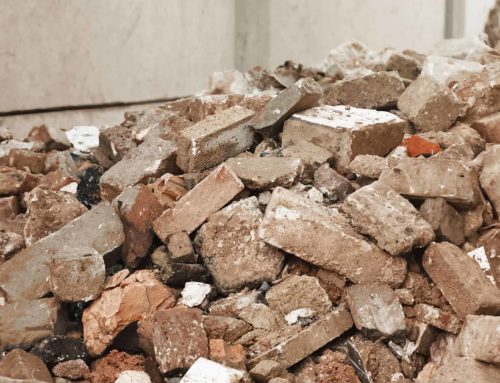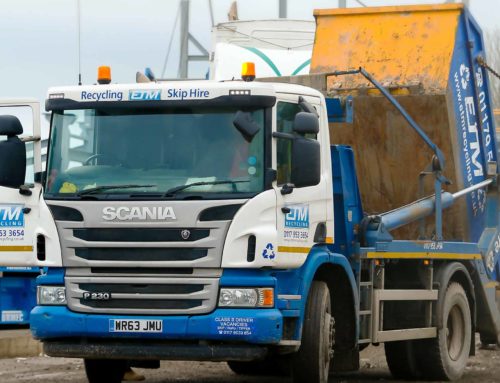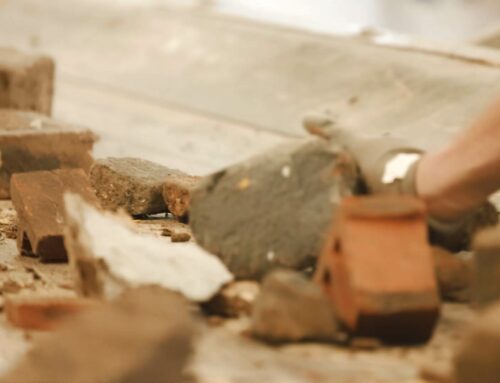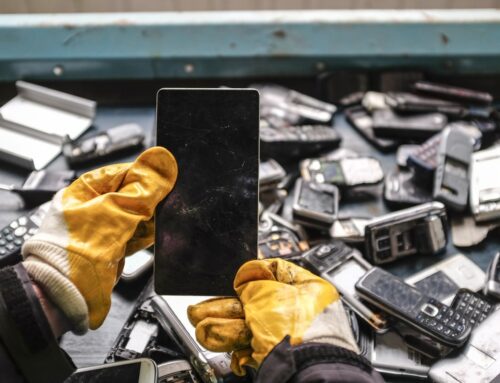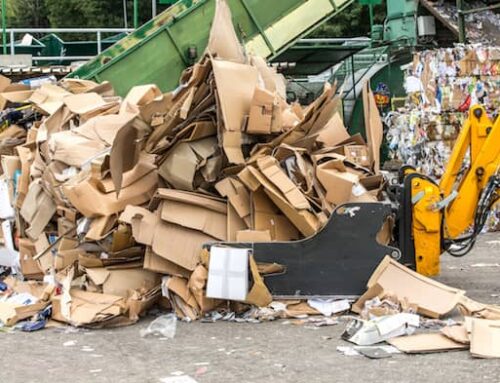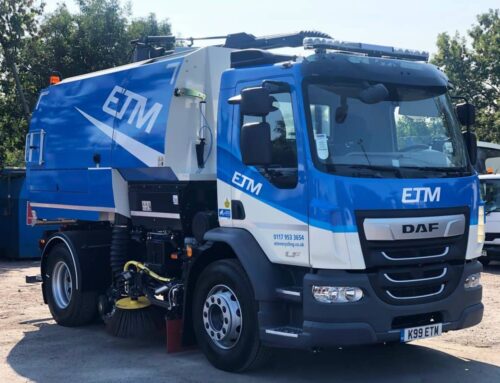From smartphones to appliances like kettles and batteries, most households contain dozens of electronic and electrical devices. Advances in technology mean that these items often become outdated and require replacing, and their disposal is often overlooked.
However, the issue with this is that electrical and electronic items need to be disposed of in the correct way to prevent adverse effects on our environment.
In this blog, our recycling experts at ETM Recycling explore what WEEE goods are and why recycling them is essential to mitigate risks to us and the environment.
What is WEEE?
WEEE is an acronym that stands for Waste Electrical and Electronic Equipment and refers to a wide range of discarded electrical and electronic devices, from computers and TVs to refrigerators and power tools. When these items become outdated or reach the end of their lifespan, they become a part of a stream of e-waste, taking up space at landfill sites.
How to Identify WEEE Items
WEEE items can be identified through a symbol of a crossed-out wheelie bin. You can usually find this distinct mark, stamped onto the labels or the boxes that the product came in.
This is to act as a reminder that the items must be separated from other types of waste sustainably, to avoid being disposed of in a landfill.
Why Does WEEE Need to Be Recycled Separately?
When WEE items are disposed of alongside regular waste, they end up in landfills and as they start to break down over time, these products release harmful substances such as lead, mercury, cadmium and flame-retardant chemicals, which contaminate the ground, water and air, posing a significant risk to us and the environment.
What Electrical and Electronic Equipment is Classed as WEEE?
To help dispose of your appliances and devices correctly it helps to recognise which range of products are classed as WEEE. Some examples of WEEE items include:
Large Household Appliances
This includes refrigerators, washing machines, dishwashers and electric stoves. These appliances often contain hazardous materials such as refrigerants.
Small Household Appliances
Items like vacuum cleaners, hair dryers, kettles and toasters fall into this category. Despite their size, these appliances still contain electric components and should not be disposed of with regular household waste.
IT and Telecommunication Equipment
Computers, laptops, printers, telephones and routers contain various materials including metals, plastic and circuit boards that need specialised handling during disposal or recycling.
Electrical and Electronic Tools
Examples of tools that are classed as WEEE include power drills, sanders, circular saws and nail guns. These types of power tools contain motors, batteries and other materials that need to be disposed of correctly.
Lighting Equipment
Items such as LED bulbs, fluorescent tubes and compact fluorescent lamps (CFLs) contain small amounts of mercury and need proper disposal to prevent environmental contamination.
Entertainment Equipment
This category includes TVs, radios, stereo systems, and gaming consoles. Gaming consoles in particular are frequently being upgraded, which leads to an influx of these devices in the e-waste stream.
This is not an extensive list and many more items that fall under the WEEE category. If you are uncertain whether a particular device or appliance is WEEE, look for the previously mentioned wheelie bin symbol or contact your waste management provider.
How to Recycle or Reuse Electronics
Increasing awareness of how to handle WEEE is key to reducing e-waste. Here are 4 ways you can recycle or reuse WEEE products:
Find Certified E-Waste Recyclers
Look for authorised waste management providers in your area, they will have the facilities to ensure safe disposal and recycling for your discarded items.
Data Security
Before recycling or donating electronics, you need to carry out data erasure. This involves resetting devices to factory settings or using specialised software to wipe personal data thoroughly. This ensures that there are no details or sensitive information about your business, your employees, or your personal information that could later be recovered from those devices.
Donate or Resell
Sometimes technology is replaced simply because there is a more advanced option available. If the previously owned technology is in perfect working condition, there’s no reason why it cannot donated or resold. You may want to consider donating your outdated technology to schools, charities, libraries or local councils.
Separate Components
While a particular piece of equipment may be unwanted, that doesn’t mean the components it is made from can’t be put to good use. Disassemble electronics to separate components like plastic, metal, glass and circuitry. These are all materials that can be recycled individually.
Waste Management Solutions from ETM Recycling
ETM Recycling are the leading provider of waste management and recycling solutions in Bristol and Bath, with a fleet of lorries and a state-of-the-art facility.
We’re dedicated to providing responsible handling and recycling of various waste streams including WEEE. We ensure that discarded electrical and electronic equipment is meticulously processed for safe disposal and resource recovery.
To find out more about our services, or to arrange the collection of WEEE products get in touch with a member of our team today.
